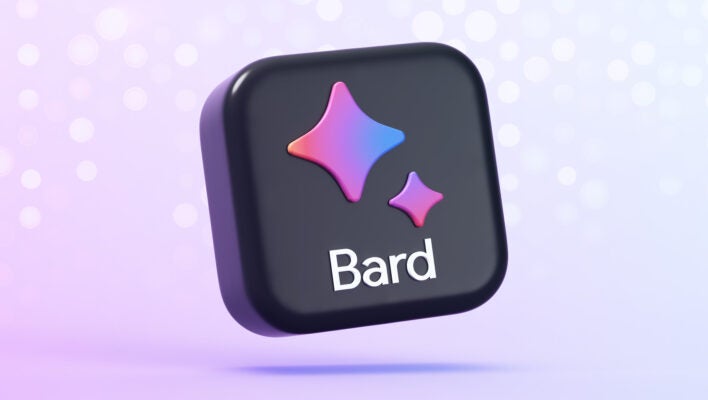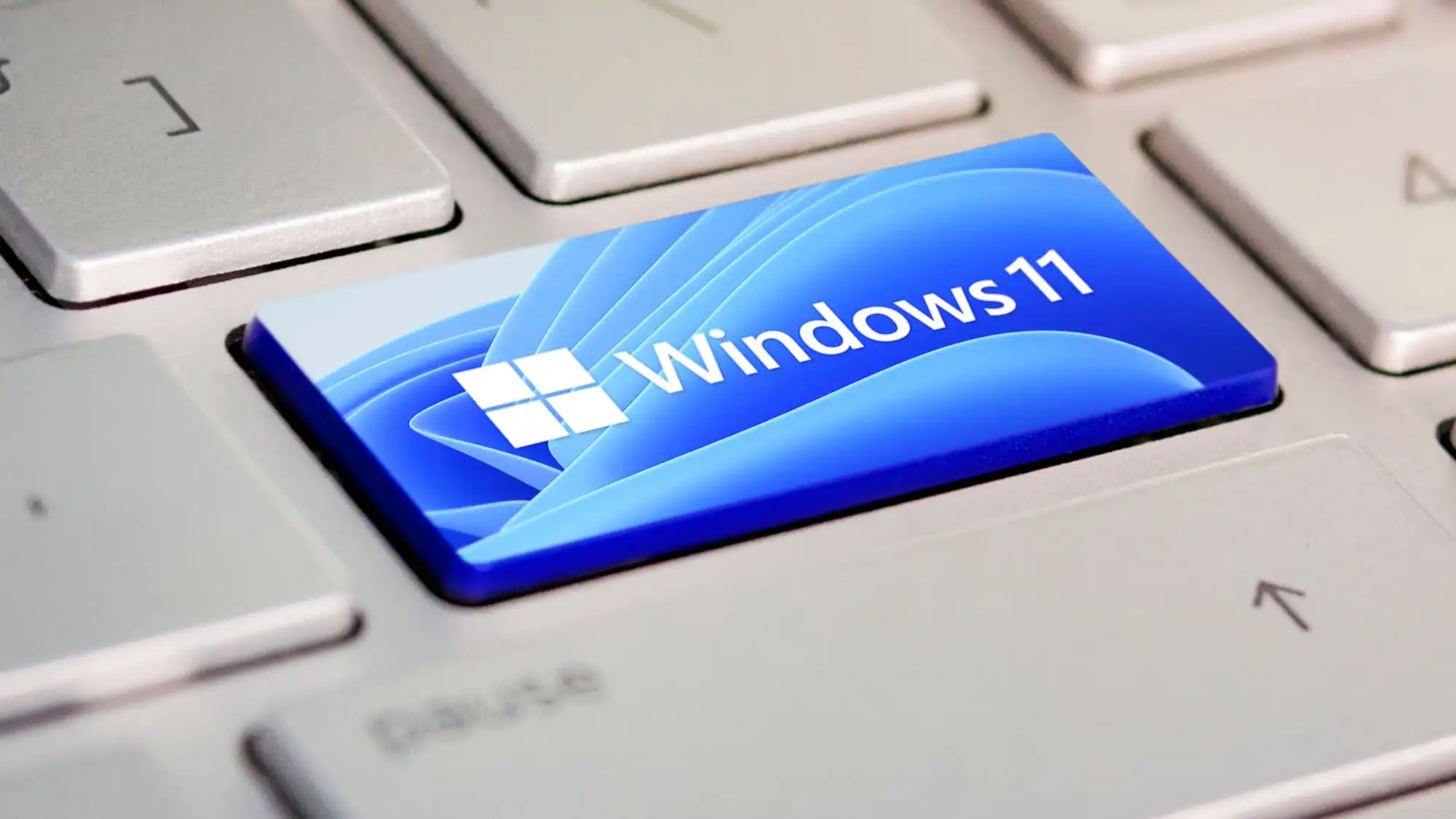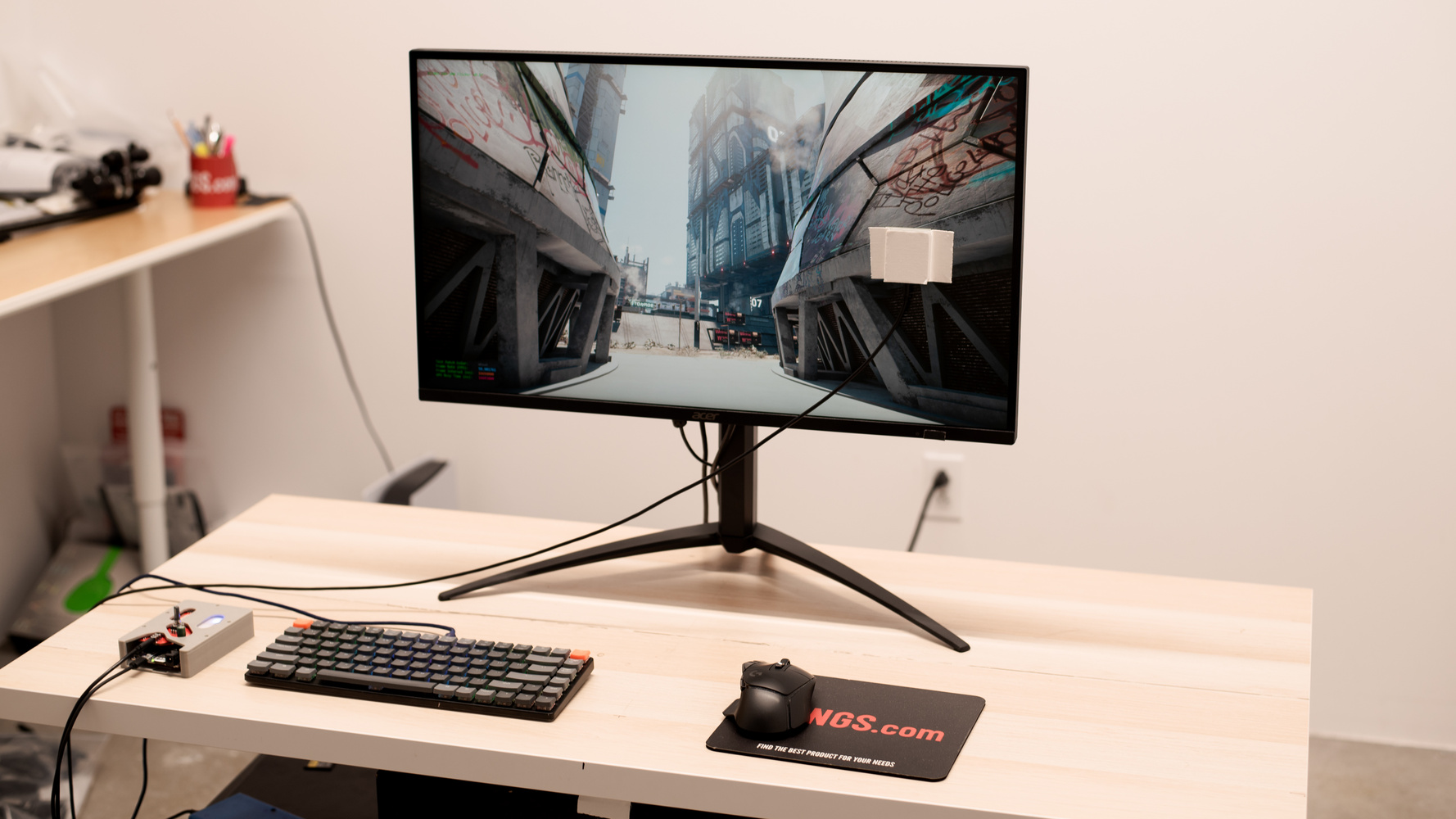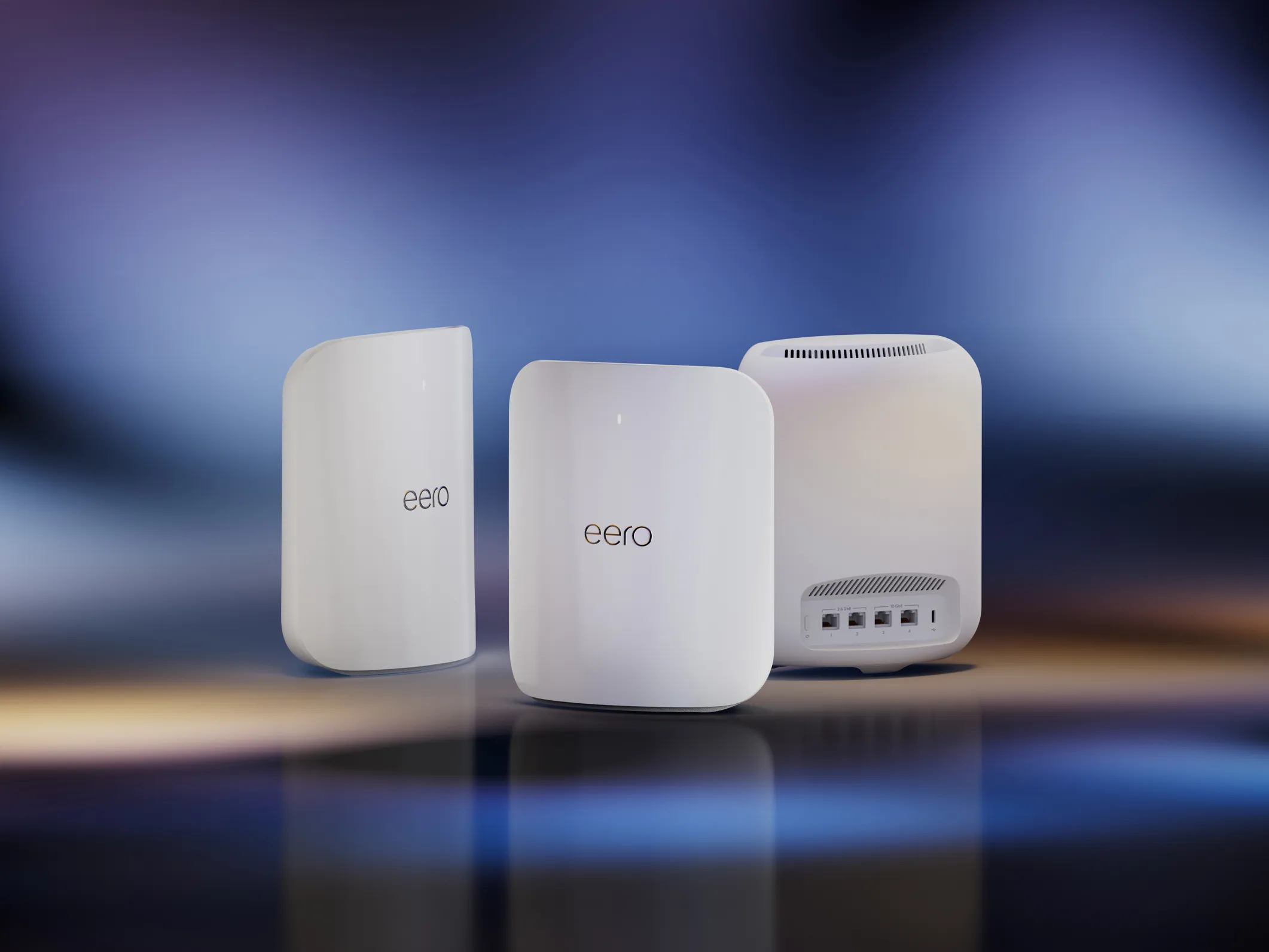Google Bard has been updated with new AI image generation powers and here’s how to get started with it.
Google Bard, one of the best AI chatbots, has been updated with new image generating abilities. Best of all, it’s free to use and you can get started today.
Bard’s AI image generator is powered by a model called Imagen 2, which is the imaging equivalent of the Gemini AI large language model (LLM) that powers the generative platform’s linguistic output.
Unlike a number of similar tools, it’s not only free but also easy to use Bard’s AI image generator, provided you’re in the US at least. Even if you’re not, there might be a way. Let’s take a closer look.
How to Use Google Bard’s New AI Image Generator
Bard’s integration of an AI image generator was announced via the official Bard updates page, where the internet giant says all you need to do to start using the new tool is, “simply enter a few words to bring your imagination to life, starting with English prompts.”
There’s a little bit (but not much) more to it than that. Other than internet access to open the Bard chatbot, the main thing you need is a Google account and to be located in the US.
More on that later, including the solution we’ve found to get around the problem. For now, here’s a quick step-by-step breakdown of how to use the Bard AI generator.
- Open Google Bard
- Sign in to or create a Google Account
- Enter an image generation prompt
As ever with creating great prompts for AI, our top tip is to be as specific as possible. We’d also suggest starting your prompt by specifying you want Bard to create an image.
Your mileage with Bard’s image generator will vary depending on what you’re expecting from it. As you can see from my testing of the new Bard feature, there’s plenty of fun to be had experimenting with it, but (at least at the free tier I tested) graphic designers probably aren’t losing any sleep.

How to Use the Google Bard AI Image Generator From Anywhere
Of course, there’s a major caveat of Google Bard adding AI image generator functionality: it’s only available in select countries, like the US. Other major markets, like the UK and most of Europe, aren’t getting the feature just yet.
Fortunately, there’s an easy workaround in the form of using a VPN. A VPN, or Virtual Private Network in full, is a clever piece of software that lets you reroute your IP address via a server in another country, essentially giving your computer the illusion of being somewhere it’s not.
This means you can use software features that may only be available in certain places, such as the new Google Bard image generator. If this sounds dubious, don’t worry: in many if not most countries, VPNs are legal.
Moreover, I’ve tested this method of accessing Bard’s AI image generator from outside the US and can confirm it works. Just grab one of the best cheap VPNs, install it, and then point yourself to a US location. Reopen Bard (using an Incognito window if in doubt) and that’s all there is to it.
Google Bard’s AI Image Generator Tested
To really get to grips with Bard’s image generator, I asked it a number of more generic prompts. This allowed me to see how it fared in general terms, as most people are likely to want to use it.
For starters, I wondered what Bard would make of next weekend’s Super Bowl showdown between the Chiefs and 49ers. I know there’s copyright considerations with these kinds of images, but I didn’t know the answer was to relocate Mahomes and co to Green Bay…

The Bard image generator fared a lot better when asked to make an image of a millennial man working remotely. As with most of the Bard AI images I created, there’s a real graphic novel quality here, but I can’t say it’s entirely bad.

Lastly, I wondered what Bard’s new image generator would make of reimagining the Tech.co logo. Here’s what it came up with. It’s hardly inspired, but I’ve seen worse and this would have been legitimately usable as part of website branding 10-15 years ago.




